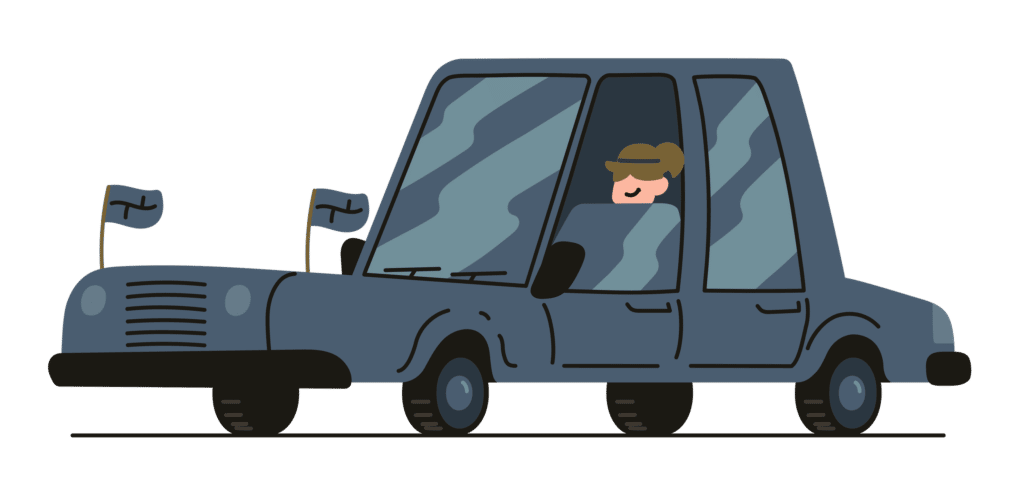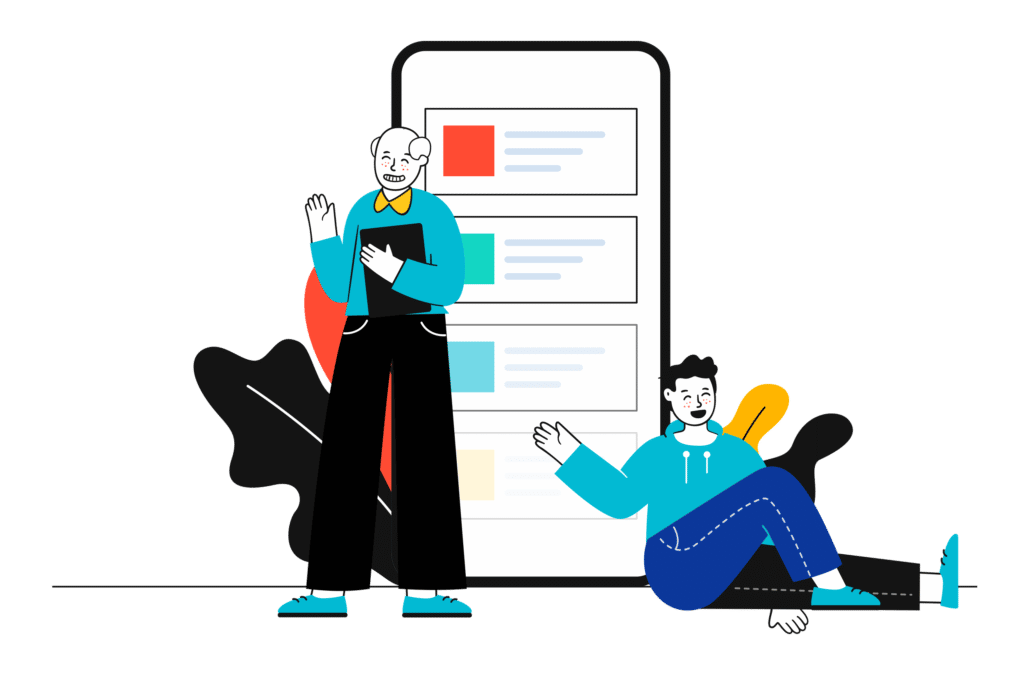If your kid ran into something problematic online, how would they react to it? Are you confident they would respond in the right way?
Digital Citizenship includes the rights and responsibilities a person needs to engage in a digital community in a meaningful and safe way.
So how do we teach our kids to be good citizens in a digital world? And why is it important for them to learn in the first place?
The Rise of Kids’ Tech Use
Tech innovation has exploded in the last 20 years. While we might think of this largely in terms of convenience, it also represents freedom. Most of us have immediate access to more information, entertainment, and people than generations before us could even imagine.
And when we say “us” we mean our kids too. Pew research found that “80% of parents say their child ages 5 to 11 ever uses or interacts with a tablet computer, [and] 63% say the same about smartphones.” Additional research has found that 53% of American kids have their own smartphone by the age of 11.
That’s a lot of freedom and access at a young age.
Why is digital citizenship important for kids?
With all these kids having access to technology and big tech companies targeting kids more than ever before, digital citizenship skills are essential for young people to learn.
Think about the freedom a teenager gains with a driver’s license and access to a car. The geographic area where they are free to roam grows exponentially. But failure to stick to the rules of the road is likely to lose them those privileges, or far worse.

The same idea applies to digital access. Freedom is a good thing and we want our kids to have it. But too much digital freedom too soon is dangerous—for them and for others.
What are 3 examples of digital citizenship?
Good digital citizenship is largely a matter of knowing the rules and understanding how breaking them will harm ourselves and others. There isn’t a set number of rules, but here are a few key examples to keep in mind.
1. Privacy and protection
The internet (and all the devices that make it easy to use) have given us unprecedented access to information. But if we’re not careful, that could also mean we’re giving strangers unprecedented access to our own personal information.
This unprecedented data collection can cause major problems. In 2020 alone, U.S. citizens lost $56 billion due to identity theft. In the digital age, things like spotting a phishing scam or knowing how to create a secure password and keep it safe are essential skills.
2. Rhetoric 101
The first rule of effective communication is: know your audience. The words you use, the references you make, your tone, and much more should all be tailored to the person or group you’re addressing. But the wide-open nature of the internet makes this extremely tricky, both as a writer and a reader.
Anything posted online today has the potential to reach anyone and everyone. That means you need to be extra careful not to use words, emojis, or images that are likely to cause people to misunderstand your message or intentions. On the flip side, when reading anything online you should do your best to consider the context. It’s much easier to misunderstand something if you’re not aware of the full story.
3. Ownership
Most laws regarding ownership were written before we were all using the internet the way we do today. But the basic idea hasn’t changed much: It’s not okay to use something without permission if it doesn’t belong to us.
That’s easier to understand when it comes to physical objects in the “real world” like your neighbor’s car, but a little more complicated when it comes to intellectual property. But still, the best rule of thumb is to not to use or take credit for anything online if you didn’t create it, or alter it from its original composition to make it your own, unless you have permission to use it.
How do I teach my child digital citizenship?
Citizenship is a balancing act between freedom and responsibility. And balance isn’t something you can just master once and be done with. It’s a lifelong pursuit so be patient with your kids, and with yourself.

As schools begin implementing media literacy into lesson plans, helpful digital citizenship resources are popping up online. While most of these are curriculums geared toward educators, there is still a lot for parents to borrow when teaching their children at home.
As you give your child access to new devices, think about the new freedoms the device provides and have a talk about using that freedom responsibly. You could also think about this the other way around: Consider what freedoms you feel confident your child is ready for before introducing them to a device that provides them.
If you’re looking for a gradual introduction to technology then consider Gabb Watch, Gabb Phone, or Gabb Phone Plus. Each is meant to offer a little more digital freedom while still being kid-safe. All our smart watches and smart phones were designed specifically for kids and include GPS tracking talk & text, but without social media, internet, or addictive games.








Success!
Your comment has been submitted for review! We will notify you when it has been approved and posted!
Thank you!